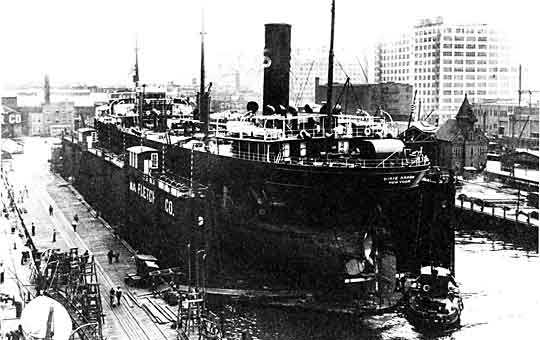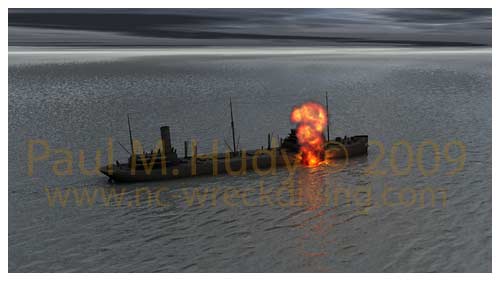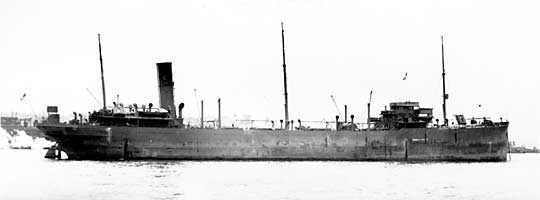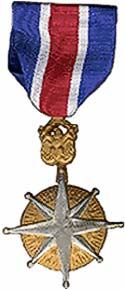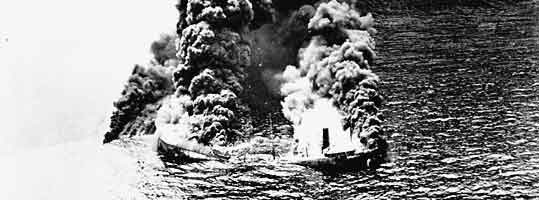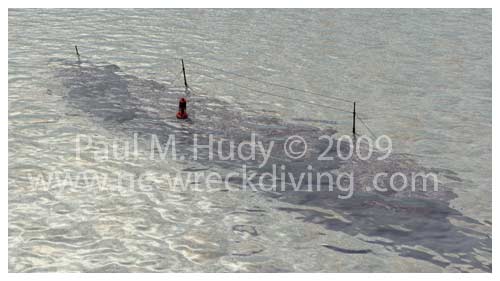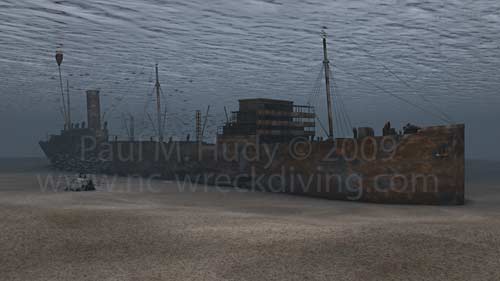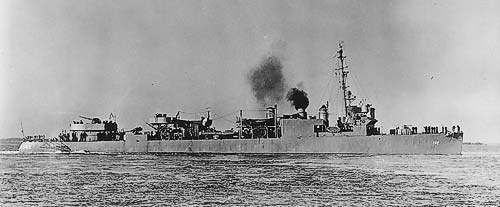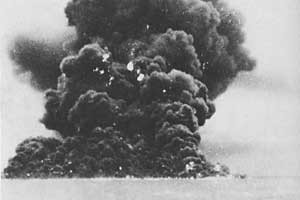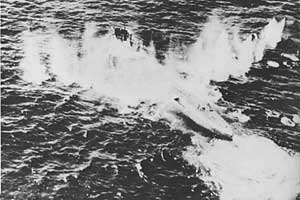in Camden, NJ
Home Port: New York, NY
• Broad Arrow was sunk by the U-124 off Guyana/Suriname (U-124 also sunk the Acme, Kassandra-Louloudis, E.M. Clark, Papoose, W.E. Hutton, Naeco and damaged the Esso Nashville and Atlantic Sun off the NC coast);
• China Arrow was sunk by the U-103 due east of Norfolk, VA;
• India Arrow was sunk by the U-103 southeast of NY, NY;
• Sylvan Arrow was sunk by the U-155 southwest of Grenada;
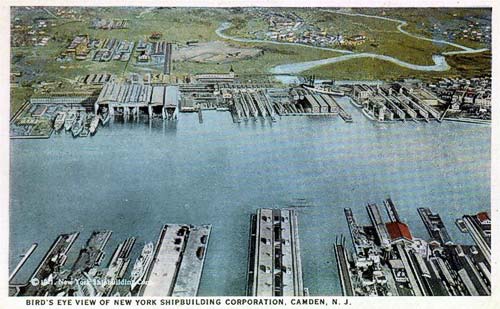 |
On March 26, 1942, the Dixie Arrow was traveling unarmed and alone, approaching Cape Hatteras, enroute from Texas City, TX to Paulsboro, NJ with 96,000 barrels of crude oil. The U-71 had spent the night waiting near the Diamond Shoals Light Buoy hoping to intercept targets. With the breaking dawn, the u-boat captain, KK Walter Flascheenberg, was about the order his boat to the bottom when he spotted the masts of the approaching tanker on the horizon. He manuevered his boat against the zig-zag course of the Dixie Arrow trying to get the tanker between the U-71 and shore.
At 0858 EWT, 3 torpedoes slammed into the starboard side of the Dixie Arrow and in less than 1 minute the tanker was mortally wounded and engulfed in flames. The first torpedo hit at the midship deckhouse, destroying it and killing most of the deck officers. 60 seconds later the 2nd and 3rd torpedoes hit just aft of the deckhouse and cracked the tanker in two.
